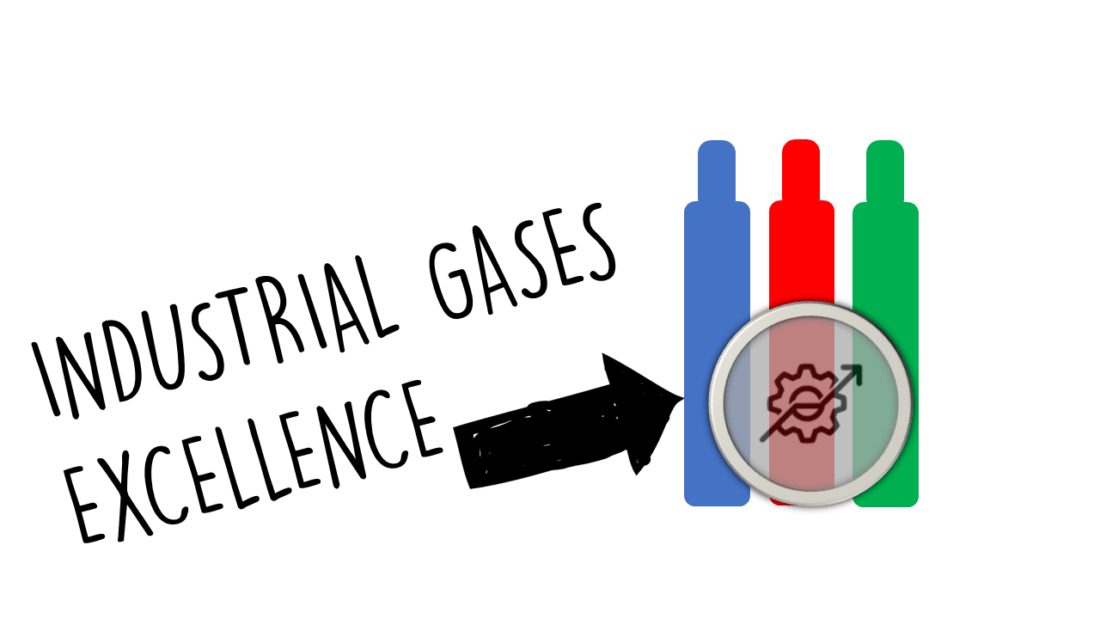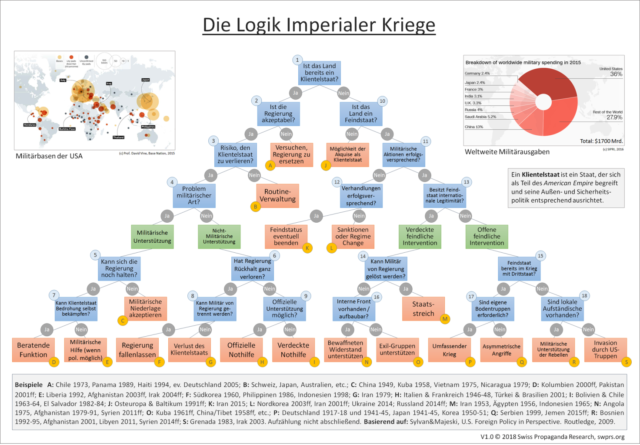Problem:
The industrial gas sector is a critical component of the global economy, powering industries from healthcare to manufacturing. However, understanding the financial health of companies within this sector can be challenging. One key metric that investors and stakeholders often struggle with is Return on Capital Employed (ROCE). This ratio provides insight into how efficiently a company is using its capital to generate profits. However, without a comprehensive understanding of ROCE and its implications, it can be difficult to make informed decisions about investments in the industrial gas sector.
Impact:
The lack of understanding about ROCE can lead to significant financial missteps. For instance, a company with a high ROCE may seem like an attractive investment opportunity. However, if this high return is due to excessive risk-taking or unsustainable business practices, it could lead to financial losses in the long run. On the other hand, a company with a low ROCE may be overlooked by investors, even though it might be on the verge of implementing strategies that will significantly increase its return on capital. Therefore, it’s crucial for stakeholders to not only understand what ROCE is but also how it should be interpreted within the context of the industrial gas sector.
Solution:
To address this problem, we will delve into an in-depth analysis of ROCE within the industrial gas industry. We will explain what this ratio means, how it’s calculated, and why it’s important. We will also discuss some of the factors that can influence a company’s ROCE and how these factors should be considered when evaluating investment opportunities.
Case Study:
Consider the case of Company X, a leading player in the industrial gas sector. In 2018, Company X reported a ROCE of 15%, which was significantly higher than the industry average of 10%. This high return was primarily due to efficient management of capital and strong profit margins.
However, upon closer examination, we found that Company X had taken on substantial debt to finance its operations. While this strategy had boosted its ROCE in the short term, it also increased the company’s financial risk. If Company X were unable to service its debt due to an economic downturn or other unforeseen circumstances, its profitability could take a significant hit.
In contrast, Company Y, another player in the industrial gas sector, reported a lower ROCE of 8% in 2018. However, unlike Company X, Company Y had minimal debt and had been consistently investing in research and development (R&D) to develop new technologies and improve operational efficiency.
While Company Y’s lower ROCE might have seemed less attractive at first glance, its sustainable business practices and commitment to innovation positioned it well for long-term growth. Indeed, by 2020, Company Y’s ROCE had increased to 12%, surpassing the industry average.
Conclusion:
Understanding ROCE within the context of the industrial gas sector requires more than just looking at numbers. It involves analyzing how these numbers are derived and considering various factors that could influence future returns. By doing so, stakeholders can make more informed decisions about their investments in this crucial industry.




